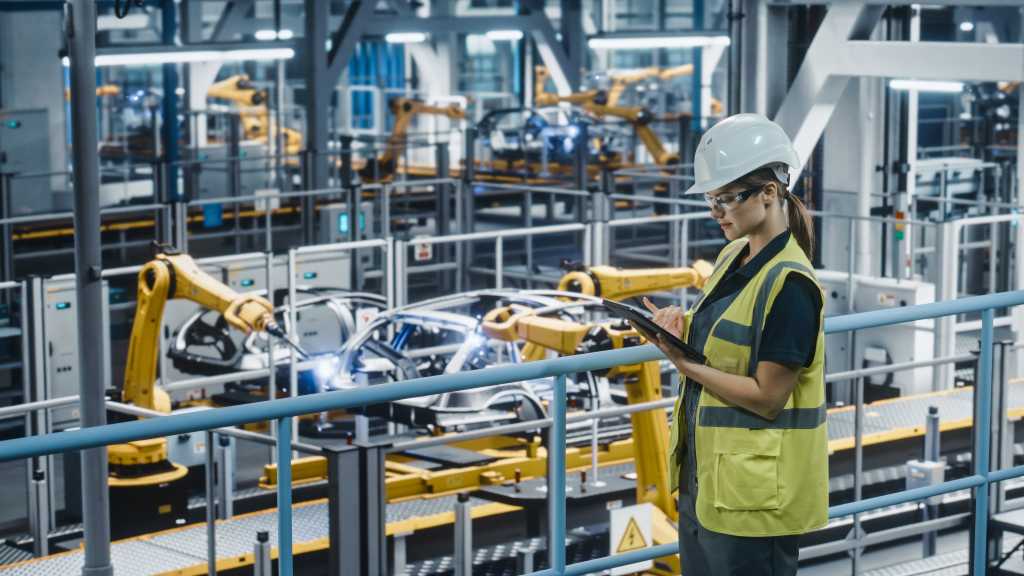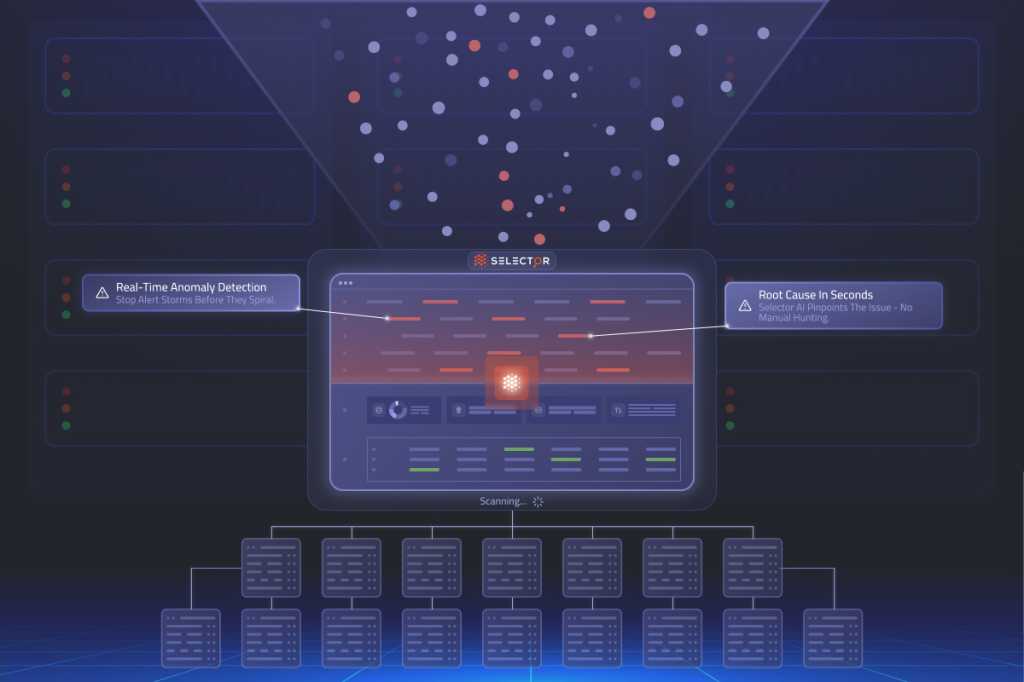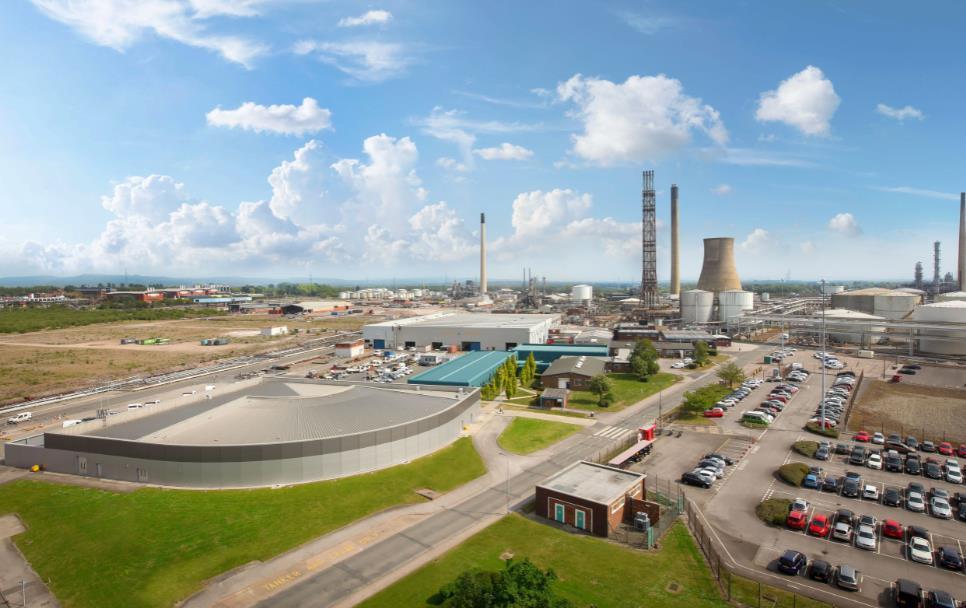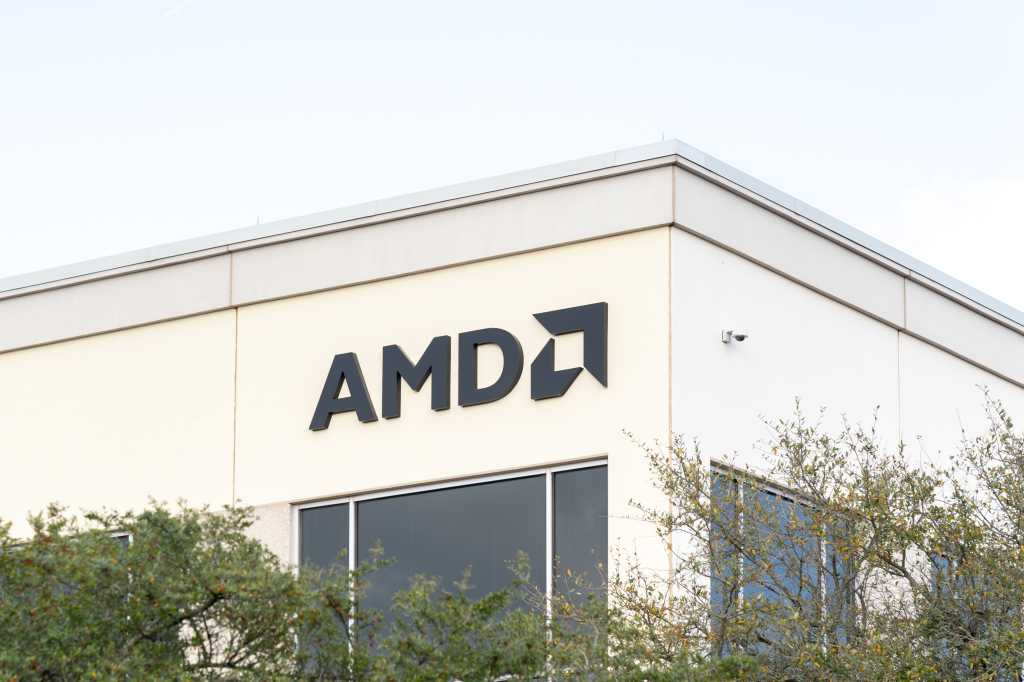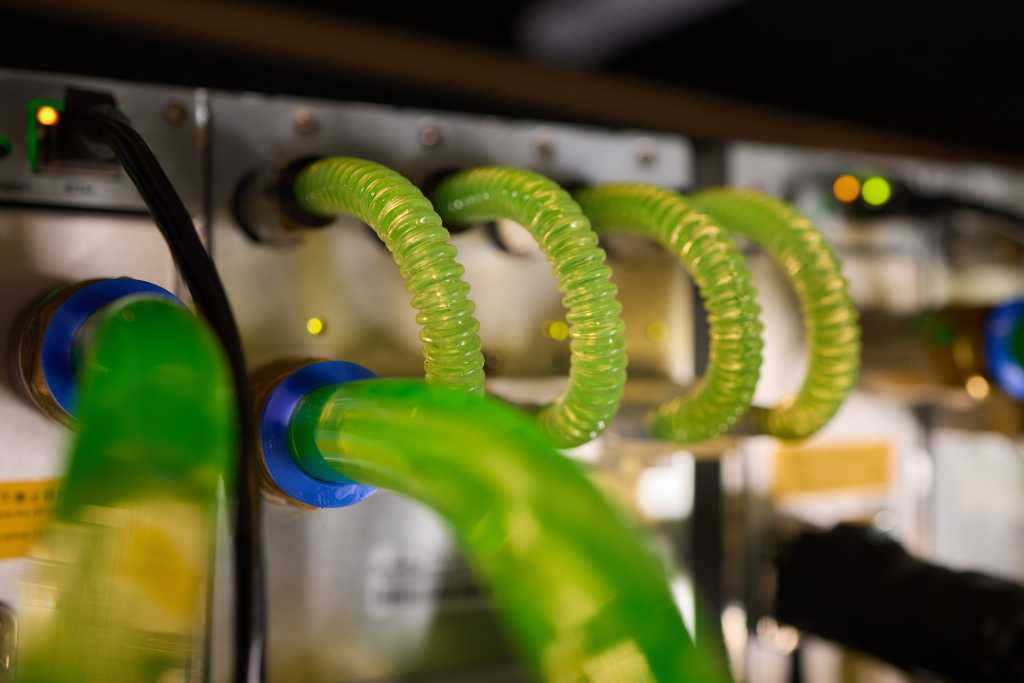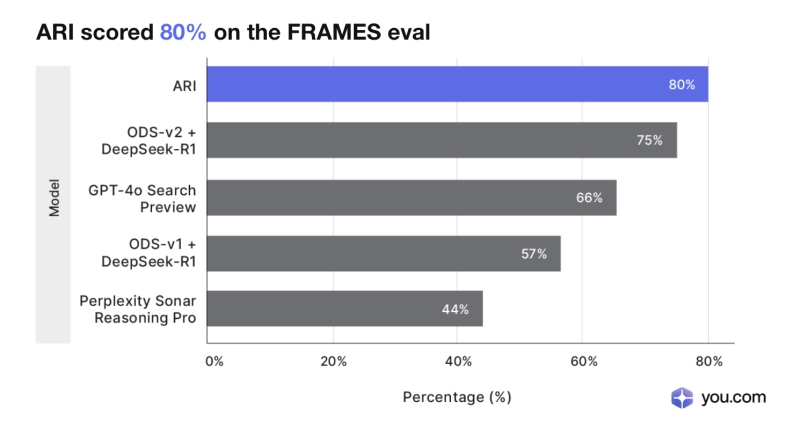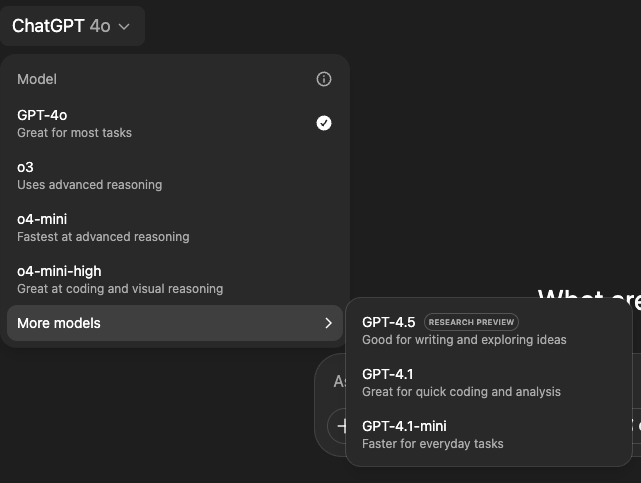
The Great British Energy Bill has passed through parliament, establishing the UK’s state-backed energy firm.
This comes as GB Energy bosses are set to appear in Edinburgh for a roundtable discussion with Scottish secretary Ian Murray on supply chain opportunities in Scotland.
On Wednesday, the state-owned energy business announced £4 million to support community-owned energy projects in Scotland.
The recently announced joint fund with the Scottish Government will give communities the chance to apply for the scheme.
Energy secretary Ed Miliband said: “Great British Energy comes from a simple idea: British people should own and benefit from our own natural resources.
This forms part of its £8m community energy generation growth fund, with the remaining funding coming from the Scottish Government.
We are giving people a stake in clean energy and delivering profits for the British people.
“As part of our Plan for Change, this will make us a clean energy superpower and help bring down energy bills for good.”
GB Energy’s announced its first investment earlier in March, as it unveiled plans to install rooftop solar panels on 200 schools and 200 hospitals.
On Thursday, Miliband will visit a hospital in Hull where solar power is being used to save “hundreds of thousands of pounds each month, allowing money to be reinvested in frontline services,” a government announcement claimed.
The Great British Energy Bill was lambasted by the opposition when it appeared before politicians late last year.
Conservative shadow energy security secretary Claire Coutinho pointed to the document’s lack of details.
“This Bill is four pages long. There’s barely anything in it,” Coutinho said in September.
While MP for West Aberdeenshire and Kincardine, Andrew Bowie, described GB Energy as an “unnecessary and costly gimmick.”
GB Energy is currently investing £200m on its rooftop solar scheme as people in Wales are set to receive nearly £3m of funding for local renewable energy projects.
Great British Energy chair Juergen Maier said: “Great British Energy was created to ensure British people reap the benefits of clean, secure, homegrown energy.
“We now have full backing to scale up the company, crowd in investment, and back clean energy projects across the country.”


